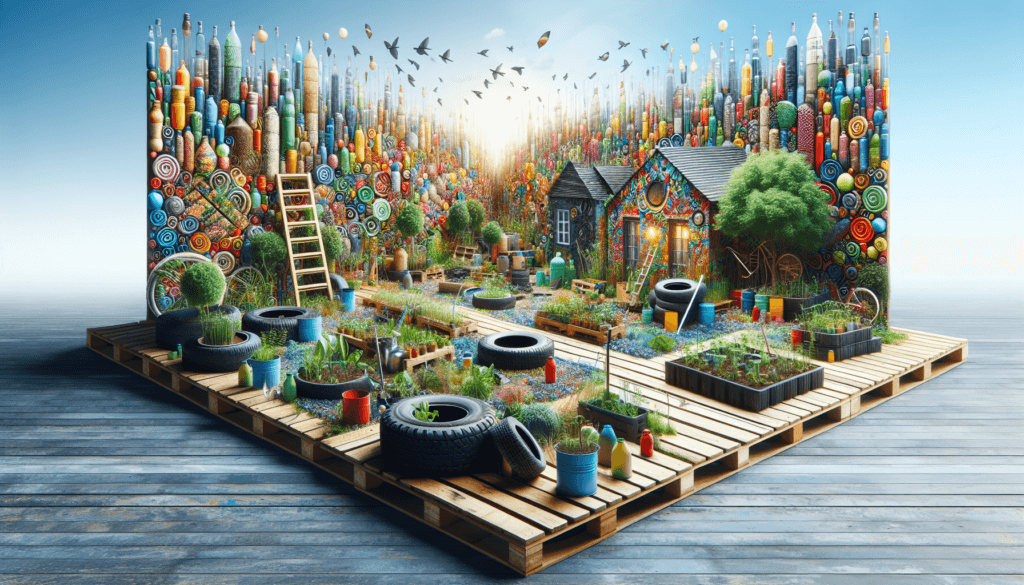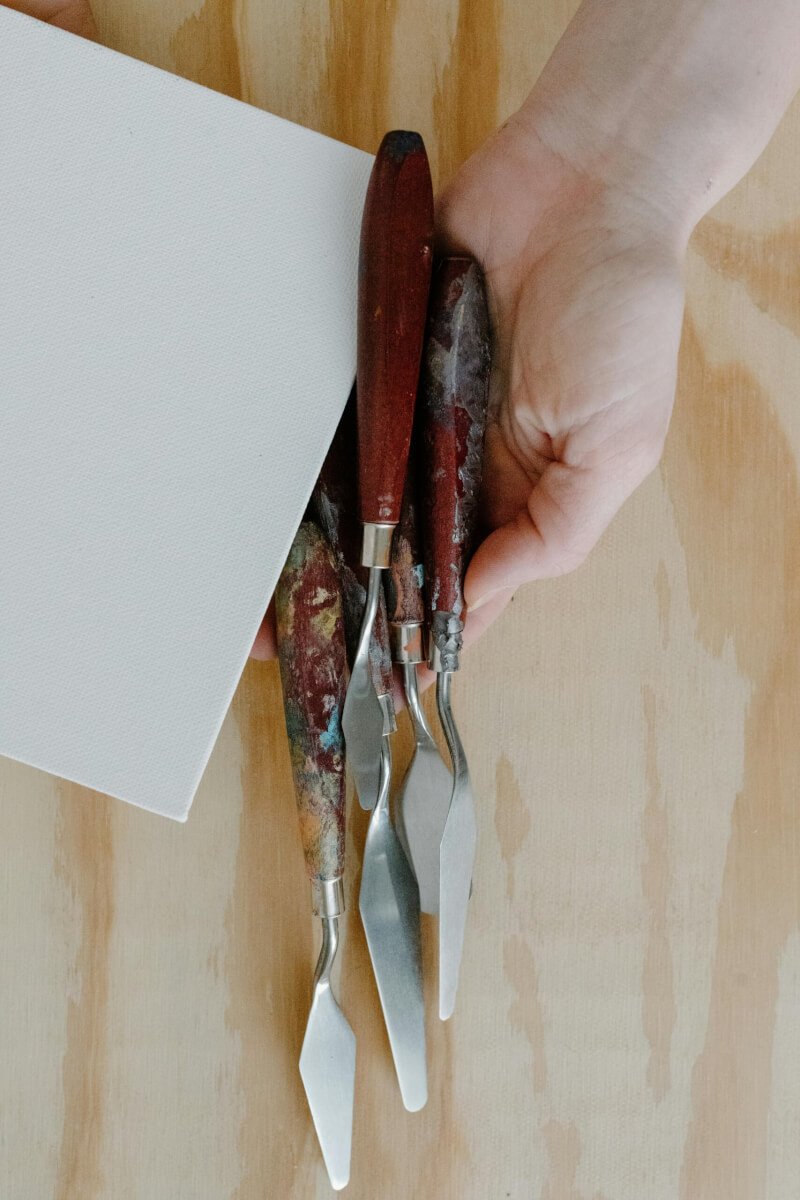Imagine transforming your urban garden into a sustainable oasis using recycled materials. With so many discarded items lying around, it’s time to put them to good use. From old tires to wine bottles, this article will guide you through the top 10 recycled materials that can easily be repurposed for your urban garden projects. By incorporating these eco-friendly solutions, you not only contribute to the reduction of waste but also create a vibrant and unique space that showcases your creativity. So, grab your tools and let’s get started on this exciting journey towards a greener and more beautiful urban garden.
1. Plastic Bottles
Plastic bottles are one of the most versatile and easily accessible recycled materials that you can use for a variety of urban garden projects. Whether you’re looking to create hanging planters, self-watering containers, or even mini greenhouses, plastic bottles can be repurposed in multiple ways to enhance your green space.
Creative Hanging Planters
With some scissors, twine, and a bit of creativity, you can transform plastic bottles into beautiful hanging planters. By cutting off the top portion of the bottle and turning it upside down, you create a perfect pocket for your plants. Punch some small holes in the bottom for drainage, add soil, and hang them in your garden or balcony. These hanging planters not only save space but also give a unique and colorful touch to your urban oasis.
Self-Watering Containers
If you’re worried about forgetting to water your plants regularly, plastic bottles can come to the rescue. By cutting a small hole in the cap of the bottle and filling it with water, you can create a self-watering container for your plants. The bottle slowly releases water into the soil, ensuring that your plants stay hydrated even if you forget to water them for a day or two.
Mini Greenhouses
If you’re an avid gardener and want to start your seeds indoors, plastic bottles can be transformed into mini greenhouses. Cut the bottle in half and use the bottom portion as a protective cover for your seedlings. The clear plastic allows sunlight to enter while creating a warm environment for the plants to thrive. This simple DIY project is not only cost-effective but also helps you reduce waste by giving plastic bottles a new purpose.
2. Wooden Pallets
Wooden pallets are another excellent material for urban garden projects. Often discarded and left to waste, these pallets can be repurposed into raised beds, planters, and even vertical gardens.
Raised Beds
One of the most popular uses for wooden pallets in urban gardening is creating raised beds. Simply stack the pallets on top of each other, securing them with screws or zip ties, and fill the space with soil. You now have a convenient and elevated garden bed that can fit in even the smallest of spaces. The gaps in the pallets allow for proper drainage, keeping your plants healthy and happy.
Vertical Gardens
Looking to maximize your garden’s vertical space? Wooden pallets can be transformed into stunning vertical gardens. Attach small pots or planter boxes to the slats of the pallet, fill them with soil, and plant your favorite herbs, flowers, or vegetables. Hang the pallet against a wall or fence, and watch as your garden grows upward, adding a touch of beauty to your outdoor space.
Planters
If you’re not ready to commit to a full raised bed or vertical garden, wooden pallets can be used to create individual planters. All you need to do is dismantle the pallets and use the wooden boards to build different-sized planters. Whether you want a small planter for your windowsill or a large one for your patio, wooden pallets provide a cost-effective and eco-friendly solution.
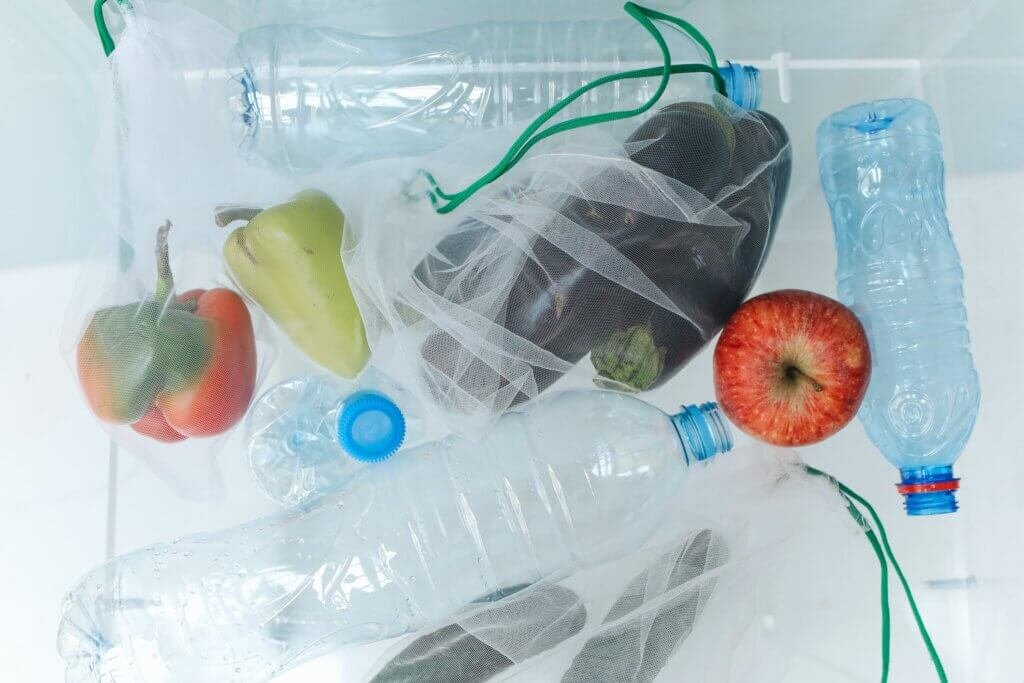
3. Tires
Tires may seem like an unlikely choice for urban garden projects, but they can actually be transformed into unique planters and decorative elements.
Tire Planters
With a little bit of creativity and some paint, old tires can become vibrant planters for your garden. Simply clean the tires thoroughly, spray paint them in your desired colors, and fill them with soil. You can stack multiple tires on top of each other for a tiered planter effect or place them individually around your garden. The tires’ shape and depth provide ample space for plants to grow, making them a fun and visually appealing addition to any urban garden.
Tire Plant Stands
If you have a limited area for your green space, using tires as plant stands can be a game-changer. Stack two or three tires on top of each other, secure them with adhesive or bolts, and place a pot or planter on top. This creative display not only adds height to your garden but also repurposes old tires that would otherwise end up in landfills.
Tire Swings or Seating
If you have children or want to add a playful touch to your garden, consider repurposing old tires into swings or seating areas. Hang a tire from a sturdy tree branch and create a cozy swing for kids to enjoy or stack multiple tires together, securing them with strong outdoor adhesive, to create a unique seating arrangement. Not only will these DIY projects keep old tires out of the landfill, but they will also bring joy and fun to your outdoor space.
4. Tin Cans
Tin cans are not just for holding your favorite beverages or pantry items. They can be put to good use in urban gardens as well.
Herb Planters
Transform tin cans into adorable herb planters by cleaning them thoroughly and painting them in your preferred colors. Drill small holes in the bottom for proper drainage and fill them with soil and your favorite herb seeds or young plants. Place these herb planters on your kitchen windowsill or any other sunny spot, and you’ll have fresh herbs at your fingertips for cooking or garnishing your meals.
Lanterns or Candle Holders
By repurposing tin cans into lanterns or candle holders, you can add a touch of ambiance and warmth to your outdoor space. Clean the cans, punch holes in various decorative patterns using a hammer and nail, and insert a small candle or battery-operated light. Hang them from a tree branch or place them on a table, and watch as the flickering light creates a cozy atmosphere in your garden.
Utensil Holders
If you often find yourself searching for your gardening tools while working in your outdoor space, tin cans can serve as practical and stylish storage solutions. Simply clean the cans, paint them if desired, and attach them securely to a wooden board or fence. You can install these tin can holders near your gardening area and easily access your tools whenever you need them.
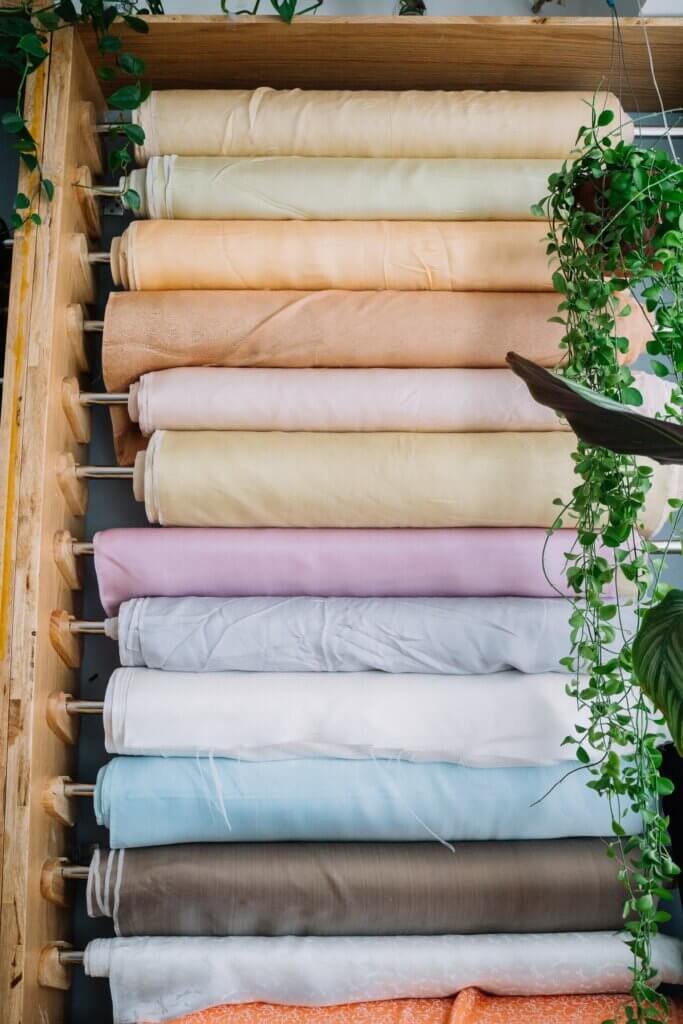
5. Broken Ceramic or Glass
Don’t despair if a cherished ceramic pot or glass dish has met an unfortunate fate. Instead of throwing it away, repurpose the broken pieces for unique and eye-catching garden projects.
Mosaic Planters
Broken ceramic or glass can be transformed into beautiful mosaic planters that add a touch of artistic flair to your urban garden. Gather the broken pieces, arrange them in a pattern of your choice on a planter or container, and secure them with strong adhesive. Fill the planter with soil and plant colorful flowers or succulents, and the broken pieces will create a stunning mosaic pattern once the plants start to grow.
Decorative Pathways
Make your garden pathways more interesting and visually appealing by using broken ceramic or glass pieces. Break the ceramic or glass into smaller, more manageable pieces, and embed them into the ground along the pathway. Create patterns or use a variety of colors for a vibrant look. These decorative pathways not only add charm to your garden but also provide a clever way to repurpose broken materials.
Garden Accents
If you have larger pieces of broken ceramic or glass, consider using them as garden accents or decorative features. Prop them up against a fence or wall, partially bury them in the soil to create a unique focal point, or use them as stepping stones across a small water feature. The shattered pieces can be arranged in an artistic manner, adding interest and texture to your urban garden.
6. Egg Cartons
Egg cartons are not only great for storing eggs but also serve as practical and eco-friendly containers for starting seeds or growing small plants.
Seed Starters
Cut the lid off an egg carton, fill each cup with potting soil, and plant your seeds according to the package instructions. The individual compartments of the egg carton provide the perfect environment for germination and early seedling growth. Once your seedlings are ready to be transplanted, you can easily cut apart each cup and plant them directly into your garden or larger containers.
Mini Planters
If you’re looking for a budget-friendly option for small plants or succulents, egg cartons can be repurposed as mini planters. Cut off the lid, fill each cup with soil, and plant your chosen plants. The carton acts as a natural drainage system, and the individual cups provide separation for different plants. Arrange these mini planters in a decorative tray or place them individually on a windowsill or tabletop for a charming green display.
Biodegradable Pots
Egg cartons are not only useful for planting seeds but also provide a sustainable alternative to plastic pots. You can use the entire carton as a biodegradable container for starting seeds or growing plants. Once your seedlings are ready to be transplanted, you can simply tear apart individual cups and plant them directly into your garden. The carton material will break down naturally over time, minimizing waste and harm to the environment.
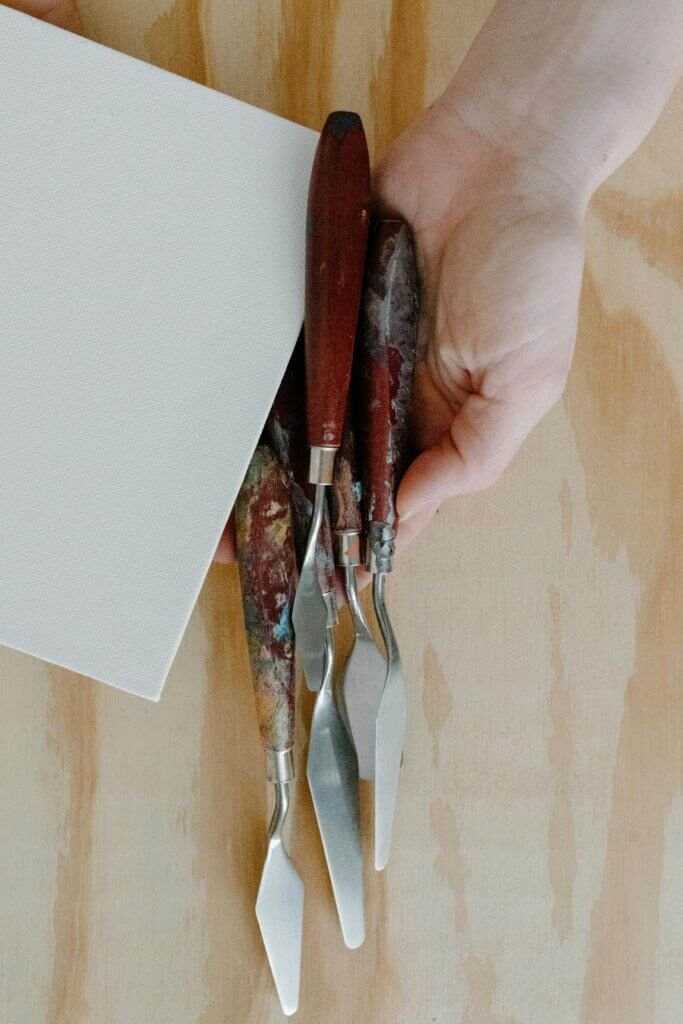
7. Old Furniture
If you have old furniture that you’re ready to part with, think twice before discarding it. With a little creativity, you can repurpose old chairs, drawers, or tables into functional and stylish additions to your urban garden.
Garden Benches
Transform an old chair or bench into a garden seating area by sanding down the wood, repainting or staining it, and adding weather-resistant cushions or pillows. Place the garden bench beneath a tree or in a cozy corner of your garden, creating a relaxing spot to enjoy the beauty of nature. Reusing old furniture not only adds character to your garden but also helps reduce waste and preserve valuable resources.
Plant Stands or Shelving
If you have a sturdy old table, you can repurpose it into a functional plant stand or shelving unit. Clean the table thoroughly, paint or varnish it for weather resistance, and place it in your garden or patio. You can display a variety of potted plants, gardening tools, or decorative pieces on the shelves or tabletop, adding a practical and decorative element to your urban garden.
Drawers as Planters
Old drawers from dressers or cabinets can be turned into unique planters for your garden. Remove the front panel of the drawer, add some drainage holes to the bottom, and fill it with soil. You can plant a variety of flowers or vegetables directly into the drawer or use it as a temporary container for smaller pots. The rustic appearance of the old drawer adds a touch of charm to your garden, while also giving new life to unwanted furniture.
8. Newspaper or Cardboard
Newspaper and cardboard are readily available and affordable recycled materials that can be used in various ways to enhance your urban garden.
Weed Control
Before starting your garden, lay down a layer of newspaper or cardboard to suppress weeds and grass. Wet the newspaper or cardboard thoroughly and place it directly on the ground, overlapping the edges to create a barrier. Cover the newspaper or cardboard with a layer of mulch or soil, and you’ll effectively prevent weeds from growing in your garden beds. This method is not only environmentally friendly but also saves you time and effort in pulling out unwanted plants.
Sheet Mulching
Sheet mulching, also known as lasagna gardening, is a technique that involves layering organic materials to create fertile soil. Using newspaper or cardboard as the initial layer helps smother existing vegetation and provides a base for your garden beds. Layer compost, leaves, grass clippings, or other organic matter on top of the newspaper or cardboard to create nutrient-rich soil. This method is particularly useful if you’re starting a new garden in an area with poor soil quality.
Seedling Pots
Newspaper or cardboard can be easily transformed into biodegradable pots for starting seeds. Cut strips of newspaper or cardboard to the desired size, roll them tightly around a cylindrical object (e.g., a small jar or can), and secure the ends with tape or paper clips. Fill the pots with soil, plant your seeds, and place them in a tray or container for easy watering and organization. When your seedlings are ready to be transplanted, you can plant the entire pot directly into the soil, reducing transplant shock and eliminating the need for plastic containers.

9. Wine Bottles
If you enjoy a glass of wine now and then, don’t discard the bottles afterward. Wine bottles can be repurposed into elegant and functional elements for your urban garden.
Wine Bottle Edging
Create a unique and attractive border for your garden beds or pathways by repurposing wine bottles as edging material. Dig a shallow trench along the desired edge, place the wine bottles neck-down into the trench, and backfill with soil. The wine bottles will create an eye-catching border while providing a clear separation between your garden and surrounding areas. Choose bottles in various colors to add an artistic touch to your garden design.
Bottle Irrigation System
Save water and keep your plants hydrated with a simple DIY irrigation system using wine bottles. Fill a clean wine bottle with water, secure the cap, and partially bury it in the soil next to your plants. As the soil dries out, the water slowly seeps out from the bottle, maintaining a consistent level of moisture around the plant’s roots. This self-watering method is especially useful for potted plants or areas of your garden that require regular watering.
Wine Bottle Planters
Turn wine bottles into elegant planters by cutting off the tops and creating a small opening for plants to grow through. These inverted wine bottle planters can be hung vertically or horizontally, creating a striking display for trailing or climbing plants. Their unique shape and transparency add a modern and artistic touch to any urban garden.
10. Milk Jugs
Milk jugs are a versatile material that can be transformed into useful and practical tools for your urban garden.
Seedling Protectors
Protect your delicate seedlings from frost, wind, or pests by turning milk jugs into mini greenhouse-like structures. Cut off the bottom portion of a clean milk jug, leaving the handle intact for easy handling and ventilation purposes. Place the milk jug over the seedling, pressing it securely into the soil. The jug acts as a protective shield, creating a microclimate for your seedling and helping it thrive. As the seedling grows, you can remove the jug or leave it slightly ajar for gradual acclimatization.
Watering Cans
Repurpose milk jugs as watering cans by poking small holes in the lid of the jug. Fill the jug with water, secure the lid, and use it to water your plants and garden beds. The small holes prevent excessive water flow, allowing for gentle and targeted watering. This DIY watering can is an economical and sustainable alternative to traditional plastic watering cans.
Vertical Gardens
Stack milk jugs vertically and transform them into a space-saving vertical garden. Cut off the bottom of each jug, leaving the handle side intact as a pocket for plants. Fill each jug with soil and plant herbs, flowers, or vegetables. Attach the milk jugs to a sturdy wall, fence, or trellis, and watch as your vertical garden grows. This innovative method is perfect for small balconies or limited outdoor spaces, providing ample growing space for a variety of plants.
By creatively repurposing these 10 recycled materials, you can add charm, functionality, and eco-friendliness to your urban garden. So, gather your plastic bottles, wooden pallets, tires, tin cans, broken ceramics or glass, egg cartons, old furniture, newspaper or cardboard, wine bottles, and milk jugs, and embark on a sustainable gardening adventure. Not only will you reduce waste and conserve resources, but you’ll also enjoy the satisfaction of creating a unique and thriving green space right in the heart of the city.
